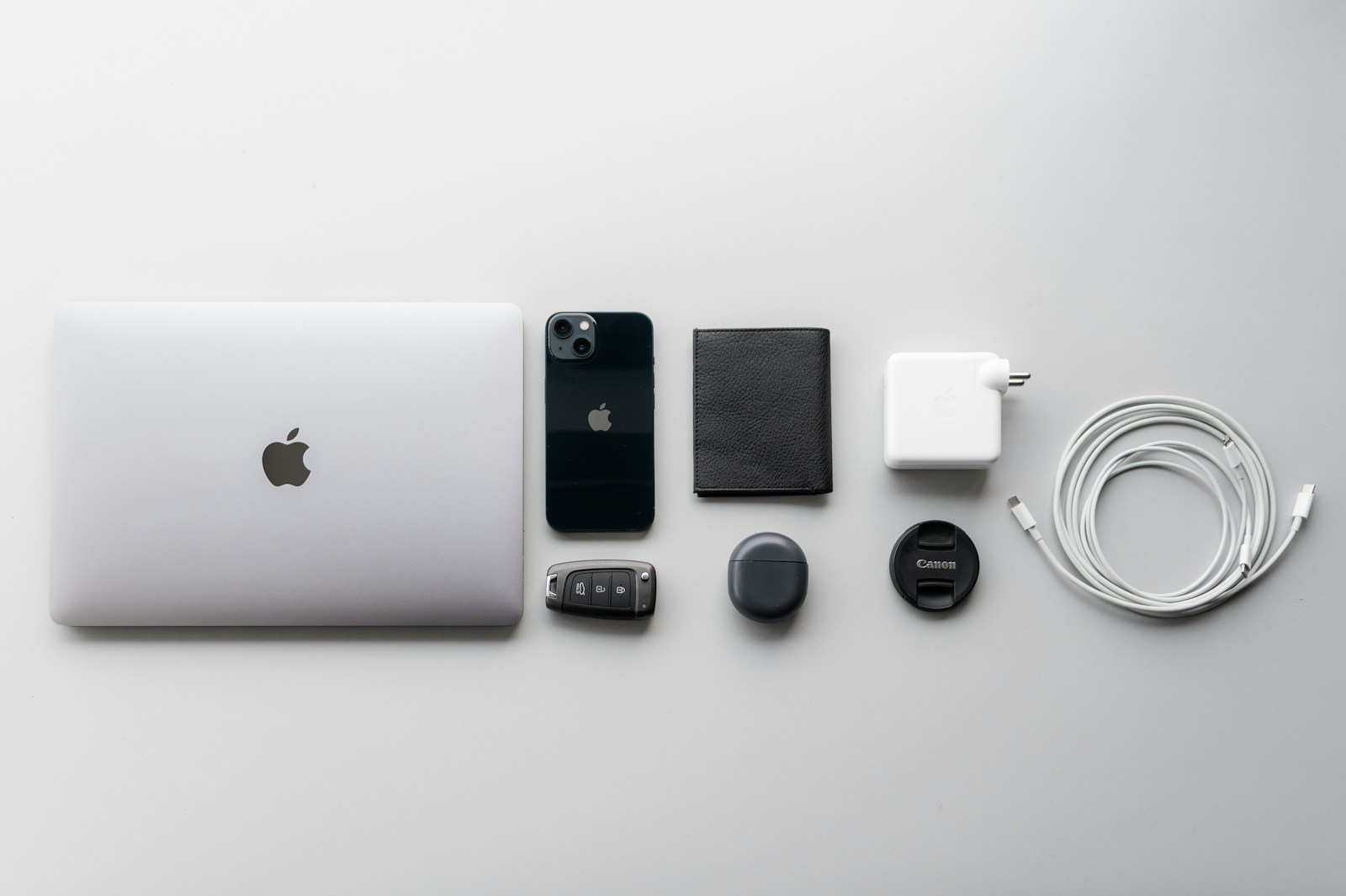In today’s tech-driven world, gadgets play a crucial role in our daily lives. However, like all technology, they can sometimes encounter issues that disrupt our routines. Knowing how to troubleshoot common problems can save you time and frustration. Here’s a guide to help you diagnose and fix common gadget issues.

1. Device Won’t Turn On
Possible Causes: Power issues, drained battery, or hardware malfunctions.
Troubleshooting Steps:
Check Power Source: Ensure your device is plugged in or that the battery is charged. If using a power outlet, try a different outlet or power cord.
Force Restart: For smartphones or tablets, perform a force restart by holding down the power button and volume down button (specific instructions may vary by device).
Inspect for Damage: Look for any visible signs of damage to the device or charging port that may be preventing it from powering on.
2. Slow Performance
Possible Causes: Too many background applications, insufficient storage, or outdated software.
Troubleshooting Steps:
Close Unused Apps: Close any apps running in the background that you aren’t currently using.
Free Up Storage: Check your device’s storage and delete unnecessary files or apps. Aim to keep at least 15-20% of storage free for optimal performance.
Update Software: Ensure your device’s operating system and apps are up to date, as updates often include performance enhancements and bug fixes.
3. Connectivity Issues
Possible Causes: Wi-Fi or Bluetooth interference, incorrect settings, or hardware issues.
Troubleshooting Steps:
Restart Your Device: Restarting can resolve many connectivity problems.
Check Settings: Ensure that Wi-Fi or Bluetooth is enabled in your device settings. For Wi-Fi, confirm that you’re connected to the correct network and that the password is correct.
Forget and Reconnect: For Wi-Fi, forget the network and reconnect by entering the password again. For Bluetooth, remove the device and re-pair it.
4. Battery Draining Quickly
Possible Causes: Background apps, screen brightness, or outdated software.
Troubleshooting Steps:
Adjust Screen Brightness: Lowering the brightness or enabling adaptive brightness can help conserve battery life.
Limit Background Activity: Go into your device settings and restrict background app activity, especially for apps that consume significant resources.
Battery Health Check: If your device has a battery health feature, check it to see if the battery needs replacement.
5. Apps Crashing or Freezing
Possible Causes: Corrupted app data, insufficient memory, or software bugs.
Troubleshooting Steps:
Clear Cache: Go to the app settings and clear the cache. This often resolves issues with freezing or crashing.
Reinstall the App: If the problem persists, uninstall and reinstall the app to reset it.
Check for Updates: Ensure that both the app and your device’s operating system are updated.
6. Screen Issues
Possible Causes: Physical damage, software glitches, or display settings.
Troubleshooting Steps:
Restart the Device: A simple restart can often resolve temporary display glitches.
Check Connections: If using an external monitor or device, check the cables and connections.
Reset Display Settings: Adjust display settings, including resolution and refresh rate, to see if that resolves the issue.
7. No Sound or Distorted Audio
Possible Causes: Software issues, muted settings, or hardware damage.
Troubleshooting Steps:
Check Volume Levels: Ensure that the device isn’t muted and that the volume levels are set appropriately.
Inspect Audio Outputs: If using external speakers or headphones, check their connections and settings.
Restart the Device: Sometimes, a simple restart can reset audio settings and resolve issues.
8. Overheating
Possible Causes: Intensive usage, blocked vents, or software issues.
Troubleshooting Steps:
Allow Cooling Time: Turn off the device and allow it to cool down before using it again.
Check for Blocked Vents: Ensure that air vents are not blocked by dust or other objects. Clean them if necessary.
Limit Resource-Heavy Activities: Avoid running multiple intensive applications simultaneously to reduce strain on the device.
9. Unresponsive Touchscreen
Possible Causes: Software glitches, physical damage, or screen protector interference.
Troubleshooting Steps:
Force Restart: For smartphones or tablets, perform a force restart.
Remove Screen Protector: If using a screen protector, try removing it to see if it’s interfering with touch sensitivity.
Check for Physical Damage: Inspect the screen for cracks or damage that may affect responsiveness.
Conclusion
While gadgets can encounter a variety of issues, many problems can be resolved through straightforward troubleshooting techniques. By following these tips, you can diagnose and fix common problems, extending the life of your devices and ensuring a smoother user experience. If issues persist despite your efforts, it may be time to consult a professional for repair or support.